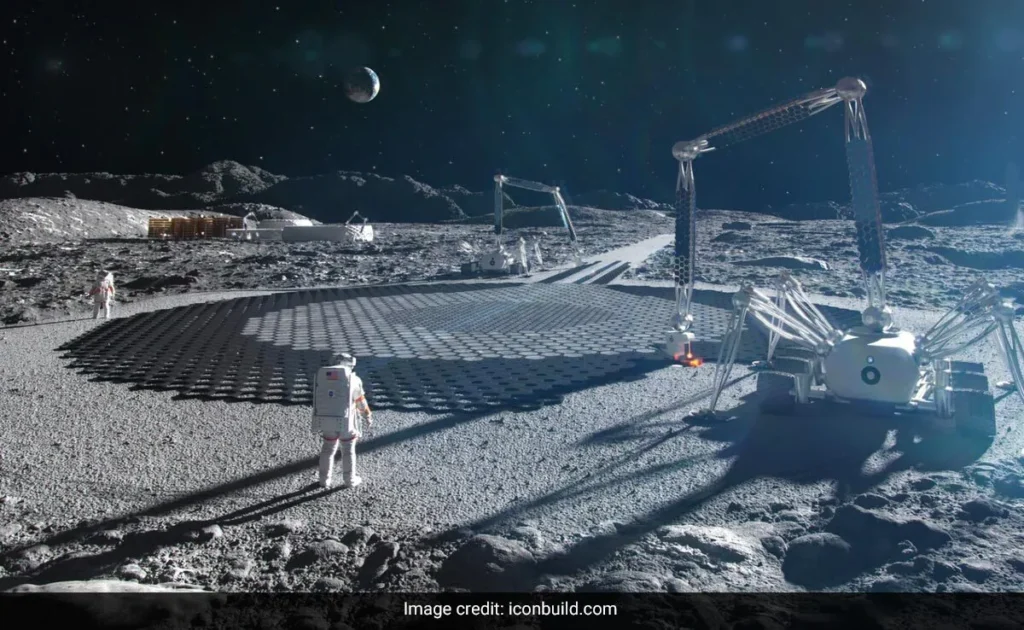NASA’s Ambitious Plan to Build Moon Homes

In the realm of human exploration, there is continually a desire to attain for the celebrities or, in this situation, the moon. The moon has captivated our creativity for hundreds of years, and now, NASA has set its points of interest on a formidable plan to set up everlasting human habitats on our lunar neighbor through 2040. This vision, called lunar residing, is not handiest a testimony to human ingenuity however additionally a massive jump for sustainable area exploration.
A Short Records of Lunar Exploration
Earlier than we delve into NASA’s exciting plans for moon houses, allow us to take a second to reflect on the history of lunar exploration. The moon has been the target of human missions for many years, beginning with the Apollo program within the Nineteen Sixties and 1970s. Those missions marked the first time people set foot on some other celestial body, with Neil Armstrong’s iconic words, “that’s one small step for man, one large soar for mankind.”

Since the Apollo program, there have been several robot missions to the moon, presenting precious insights into its geology and sources. Those missions have laid the foundation for destiny lunar exploration and have paved the way for NASA’s formidable lunar dwelling plan.
The Vision of Lunar Residing
Nasa’s plan for lunar dwelling is not pretty much planting a flag and leaving footprints on the moon; it is about setting up a sustainable presence as a way to bear for generations. Here are the important thing factors of this visionary assignment:
1. Sustainable Habitat

Principal to NASA’s plan is the development of sustainable habitats that may face up to the harsh lunar surroundings. Those habitats will need to provide astronauts with a safe and at ease living space while protecting them from severe temperatures, radiation, and micrometeorite effects.
2. Useful Resource Usage

To make lunar residing possible, NASA intends to harness the moon’s assets. This consists of extracting water from lunar ice, which can be transformed into drinking water and used to provide oxygen and hydrogen for fuel. Aid utilization is fundamental to lowering the value of sustaining a lunar presence.
3.International Collaboration

Nasa recognizes that lunar dwelling is a global enterprise. The company is actively in search of partnerships with different space faring countries to increase the value and expertise required for such an ambitious assignment. Collaborative efforts can accelerate progress and boost the chance of success.
4. Business opportunities

In addition to authorities’ involvement, NASA aims to foster a thriving lunar financial system. Private companies will play a huge role in growing and preserving lunar infrastructure, providing possibilities for innovation and investment.
Overcoming Demanding Situations

While the imaginative and prescient of lunar residing is inspiring, it’s no longer without its demanding situations. Constructing houses at the moon gives a completely unique set of barriers, which include:
1. Radiation Publicity

The moon lacks a defensive ecosystem, exposing astronauts to dangerous cosmic and solar radiation. Nasa is developing advanced shielding technologies to mitigate this danger.
2. Excessive Temperatures

Lunar temperatures can vary significantly, from scorching hot to freezing cold. Lunar habitats must be geared up with insulation and weather management systems to preserve astronauts’ safety.
3. Mental Elements

image credit :- flinders.edu.au
Isolation and the extended absence of earth’s comforts can take a toll at the mental well-being of lunar citizens. Nasa is gaining knowledge of approaches to deal with these psychological challenges.
End
Inside the no longer-so-distant future, lunar residing may want to grow to be a fact. Nasa’s bold plan to build moon homes with the aid of 2040 is a testament to humanity’s indomitable spirit and our drive to explore the cosmos. Even as challenges lie ahead, the imaginative and prescient of a sustainable lunar presence is one which captures the imagination and evokes generations to come back. As we look to the skies, we cannot help but wonder: will the next large soar for mankind take place at the moon? Only time will tell, but one factor is certain NASA’s lunar residing initiative is a giant leap within the proper route.
Read More:
- iPhone 15 के iOS 17 software में आई overheating की समस्या
- Leveling Up: The Future of Online Gaming Unveiled! 2023
- Google Pixel 8 & 8 Pro: Are These the Flagships We’ve Been Waiting For?
- ASUS VivoBook 16X: Where Style Meets Performance – A Must-Have for 2023
- Unveiling the iPhone 15 Pro: How Apple Revolutionized Charging with USB-C

4 thoughts on “Lunar Living: NASA’s Ambitious Plan to Build Moon Homes by 2040”